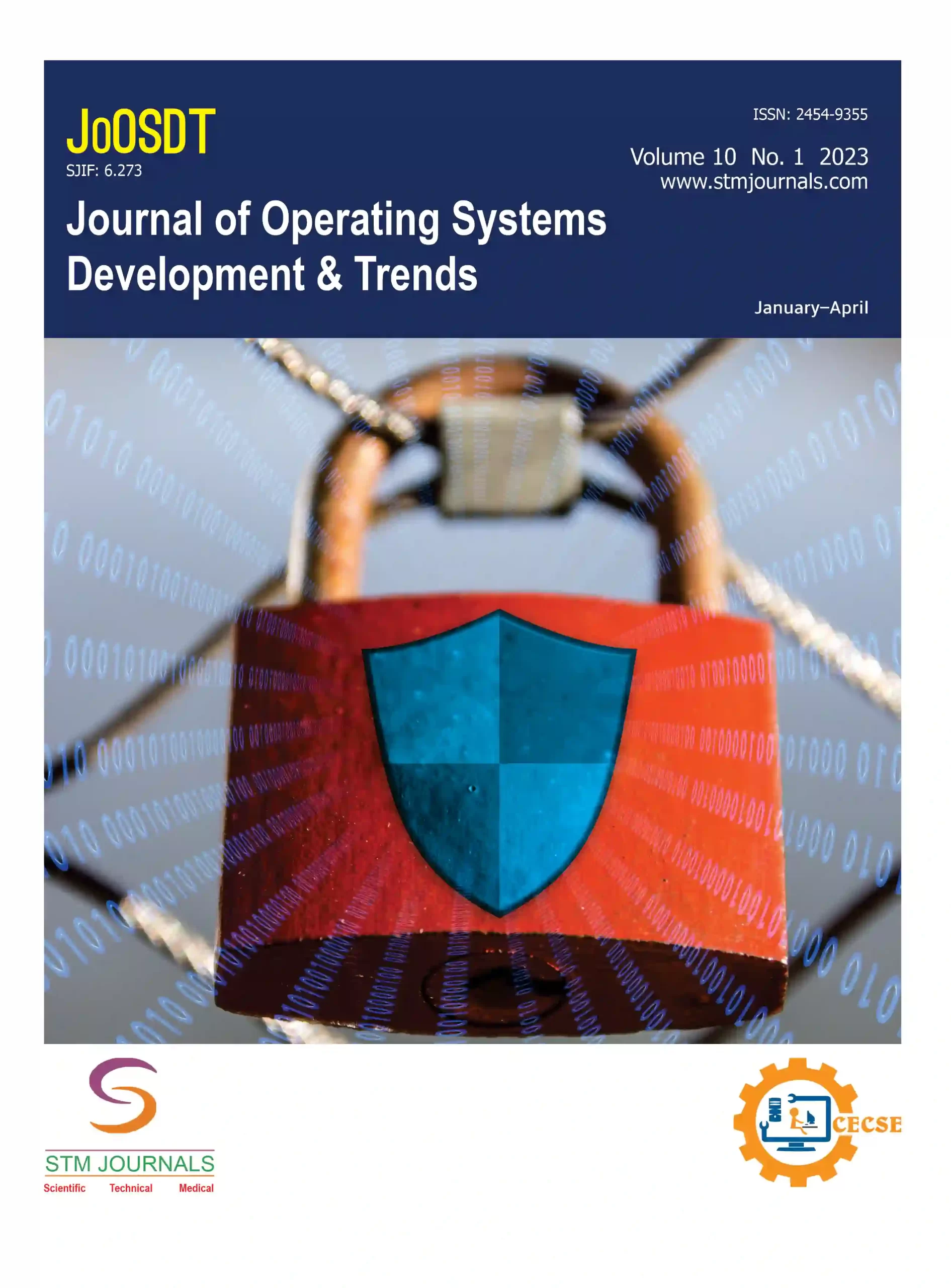Nivedha R.,
Ranjana S.,
- Student, Department of Computer Science, Anna Adarsh College for Women, Chennai, Tamil Nadu, India
- Assistant Professor, Department of Computer Science, Anna Adarsh College for Women, Chennai, Tamil Nadu, India
Abstract
In today’s modern era, ensuring the authenticity of pictures is crucial. This article presents a straightforward method for identifying fake pictures using the widely used OpenCV and MD5 technologies. OpenCV helps us examine pictures for irregularities such as abnormal colors or shapes, while MD5 is a unique digital fingerprint for each image. Our approach combines these tools to create a robust fraud detection system. OpenCV carefully examines various aspects of pictures, flagging potential areas of manipulation. In addition, MD5 generates a unique code or hash that effectively represents the entire image. We tested our method on various datasets containing both genuine and fake pictures. The results demonstrate that our system accurately detects manipulated regions and verifies authenticity by comparing unique MD5 hashes. This research provides a practical solution for ensuring image integrity in law, medicine, and interactive media.
Keywords: Digital images, image forgery, authenticity, conventional techniques, OpenCV, detecting fraud, and MD5
[This article belongs to Journal of Operating Systems Development & Trends ]
Nivedha R., Ranjana S.. Detecting Fake Images with Python: A Simple Approach Using OpenCV and MD5. Journal of Operating Systems Development & Trends. 2024; 11(01):45-49.
Nivedha R., Ranjana S.. Detecting Fake Images with Python: A Simple Approach Using OpenCV and MD5. Journal of Operating Systems Development & Trends. 2024; 11(01):45-49. Available from: https://journals.stmjournals.com/joosdt/article=2024/view=144876
References
- Appalanaidu P, Sanjana P, Jyothika S, Students T. Image forgery detection using OpenCV and MD5. Ind Eng J. 2023 Apr;52(4):221-6. DOI: 10.36893.IEJ.2023.V52I04.221-226.
- Javatpoint.com. (2021). Image Forgery Detection Using Machine Learning. [online] Javatpoint. Available from: https://www.javatpoint.com/image-forgery-detection-using-machine-learning.
- Zanardelli M, Guerrini F, Leonardi R, Adami N. Image forgery detection: a survey of recent deep-learning approaches. Multimedia Tools and Applications. 2023 May;82(12):17521-66.
- Zheng L, Zhang Y, Thing VLL. A survey on image tampering and its detection in real-world photos. J Vis Commun Image Represent. 2019;58:380-99. DOI: 10.1016/j.jvcir.2018.12.022.
- Bayram S, Taha Sencar HT, Memon N. An efficient and robust method for detecting copy-move forgery. 2009 IEEE International Conference on Acoustics, Speech and Signal Processing, Taipei, Taiwan, 2009, pp. 1053-1056. DOI: 10.1109/ICASSP.2009.4959768.
- Divya G. (2023). Python image forgery detection using OpenCV. Ameerpet, Vol. MD5. (2023). Available from: https://www.ameerpet.org/python-image-forgery-detection-using-md5-opencv.html.
- Kristianto GY, Topic G, Aizawa A. MCAT math retrieval system for NTCIR-12 MATHIR task. Proceedings of the 12th NTCIR Conference on Evaluation of Information Access Technologies, June 7-10, Tokyo, Japan. 2016, pp. 323-330.
- Laroudie C, Bursuc A, Ha ML, Franchi G. Improving CLIP Robustness with Knowledge Distillation and Self-Training. arXiv Preprint ArXiv:2309.10361. 2023 Sep 19.
- Sreekumar KS. (2023). Exploring the purpose of a notary: Ensuring trust and authenticity-Holborn notary. Holborn notary. Available from: https://holbornnotary.com/exploring-the-purpose-of-a-notary-ensuring-trust-andauthenticity/.
- FasterCapital. (2024). Choosing best AI detector key features and recommendations. FasterCapital. Available from: https://fastercapital.com/content/Choosing-best-ai-detector-key-features-and-recommendations.html.

Journal of Operating Systems Development & Trends
| Volume | 11 |
| Issue | 01 |
| Received | 09/04/2024 |
| Accepted | 12/04/2024 |
| Published | 03/05/2024 |
PlumX Metrics
